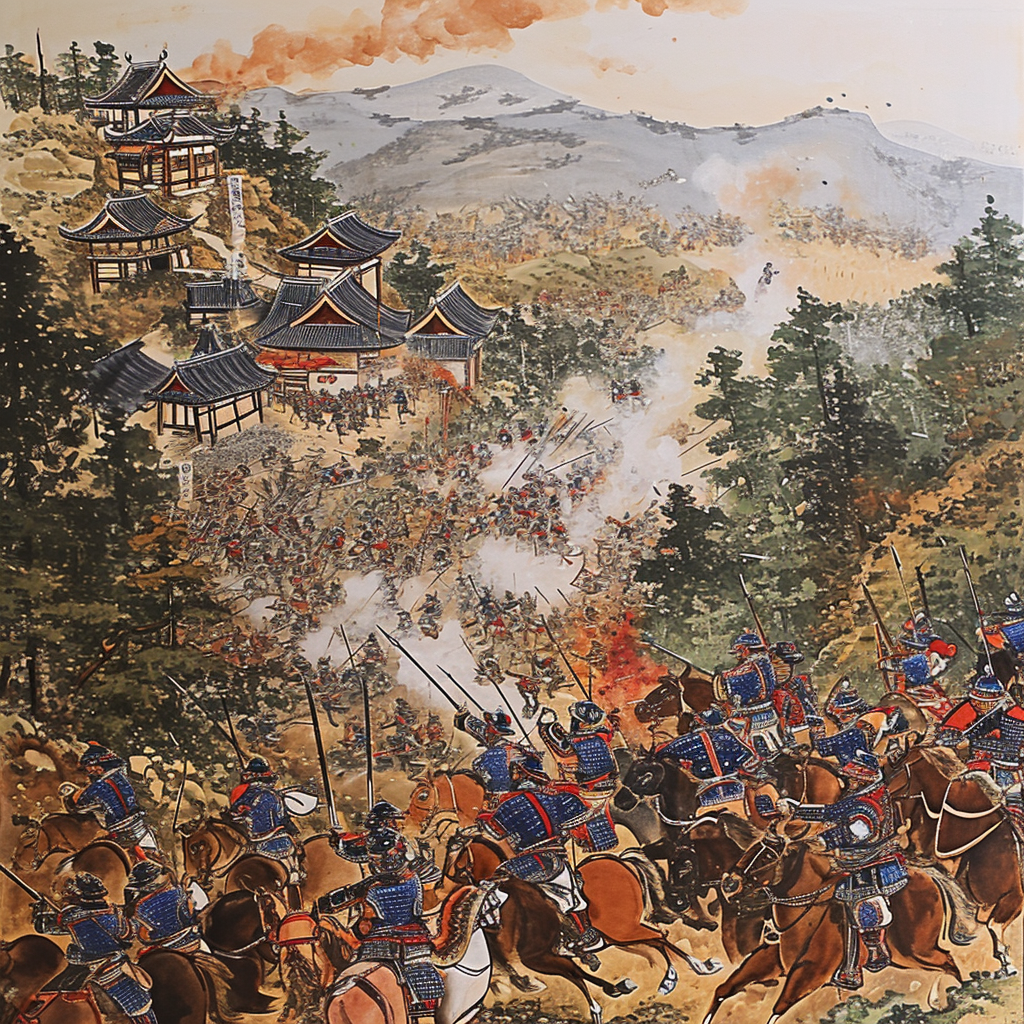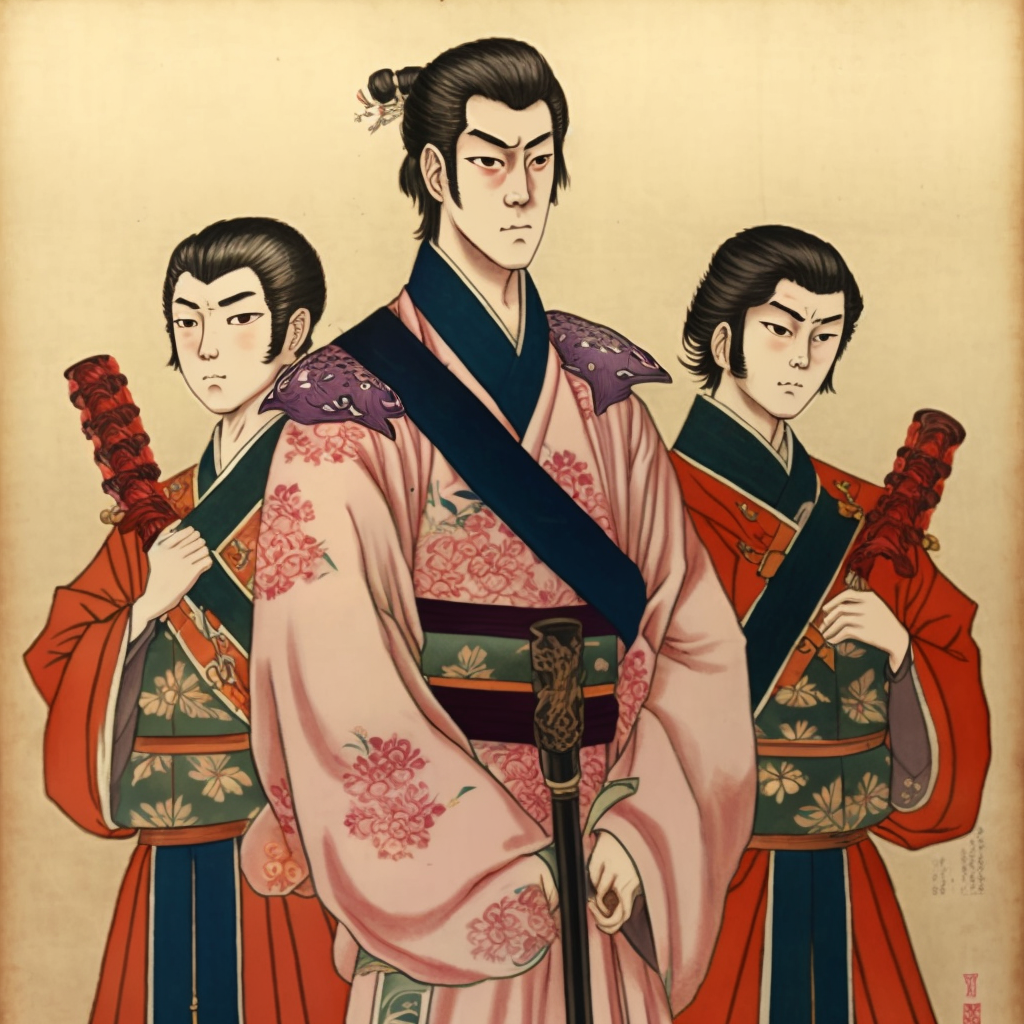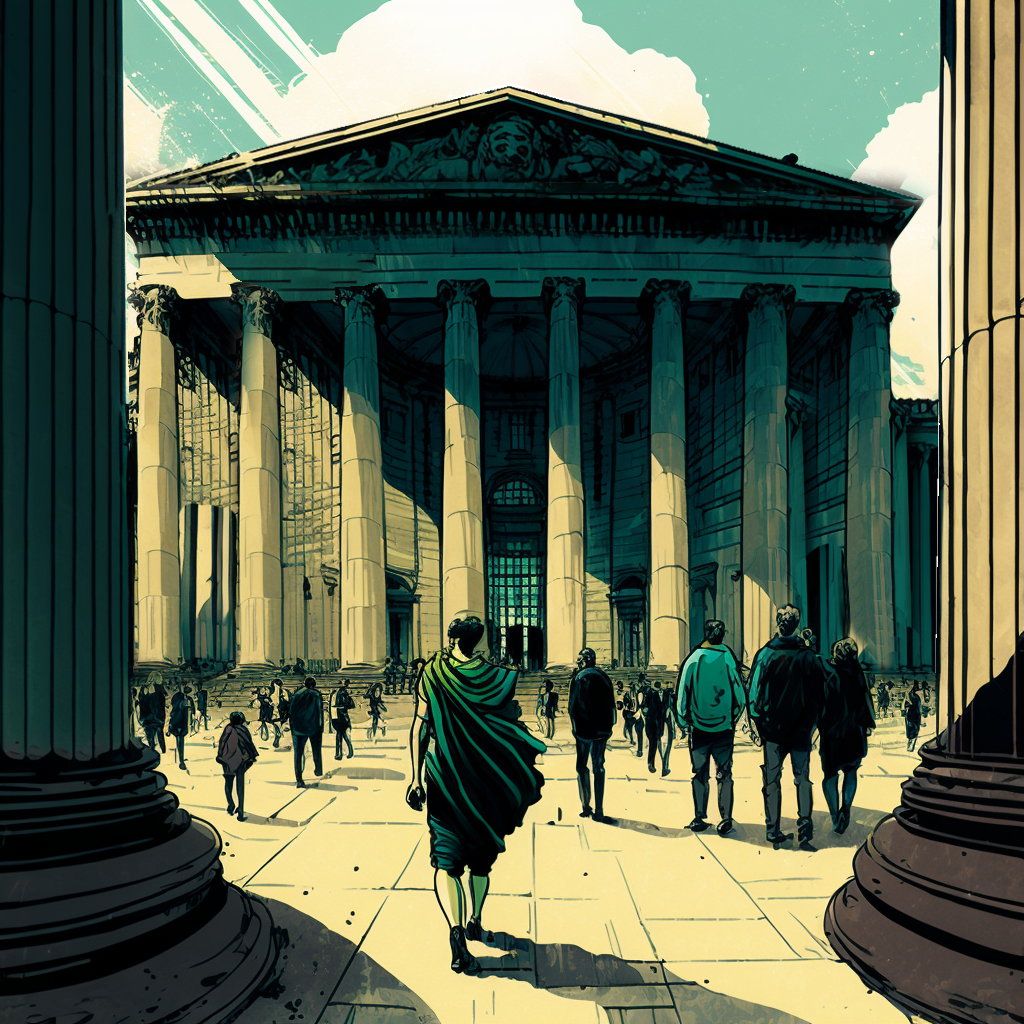The Satsuma Rebellion, also known as the Saigō Rebellion, was a major historical event that occurred in late 19th century Japan. This rebellion, which broke out in 1877, was led by Saigō Takamori and the samurai of Satsuma Province against the centralized imperial government of the Meiji era. This tumultuous period played a vital role in transforming feudal Japan into a modern, industrialized nation.
Historical context
In the 19th century, Japan underwent major changes in its social, political and economic structure. The Edo period (1603-1868) was marked by political stability and isolation from the rest of the world. But this ended with the forced opening of Japan to foreign influences. Opening led in particular by the American commodore Matthew Perry in 1853. This period of transition, known as the Meiji Restoration (1868-1912), aimed to modernize Japan. But also to strengthen its central power.
Saigō Takamori and the Satsuma Rebellion
Saigō Takamori, originally from Satsuma (present-day Kagoshima Prefecture), was a respected samurai. He was a staunch supporter of the Tokugawa shogunate. However, during the Meiji Restoration, he rallied his forces to the imperial cause. And he thus contributed to the defeat of the shogunate. However, Saigō and other Satsuma samurai soon became disillusioned with the direction the new government was taking.
Indeed, the main source of discontent came from the radical reforms aimed at abolishing the samurai system. The latter then constituted the basis of the traditional Japanese warrior class. The removal of samurai privileges, such as sword-wielding and the class system, led to deep resentment among this social class.
Causes of the Satsuma Rebellion
Several factors contributed to the outbreak of the Satsuma Rebellion. Besides anti-samurai reforms, economic and regional tensions also played a role. Outlying regions, such as Satsuma, felt neglected by the central government in Tokyo. The government seemed to be paying more attention to urban areas.
Saigō Takamori attempted to resolve these problems by seeking to reform the government from within. However, his efforts were in vain. Finally, in 1877, frustrations came to a head, leading to this event.
Progress of the Rebellion
The Rebellion began in January 1877. Saigō and his followers raised an army to oppose the imperial government. The conflict, known as the “Satsuma Rebellion” or “Seinan Senso” in Japanese, was marked by fierce fighting in the Kyushu region.
Imperial forces, better equipped and supported by a modern army, ultimately prevailed. Saigō Takamori was wounded during the Battle of Shiroyama in September 1877, and died shortly afterward. The defeat of the Satsuma Rebellion spelled the end of the last samurai uprising against the central government.
Consequences
The Satsuma Rebellion had profound consequences on Japan. It marked the end of the era of the samurai as the ruling class. This paved the way for the rapid modernization of the country. Japan adopted political, economic and social reforms to strengthen its central power and catch up with Western nations industrially and militarily.
In conclusion, the Satsuma Rebellion was a crucial chapter in Japanese history, symbolizing the end of the old order and the beginning of an era of transformation and modernization. Saigō Takamori, although defeated, became a legendary figure in Japan, honored for his commitment to samurai ideals, even in the face of inevitable change.



